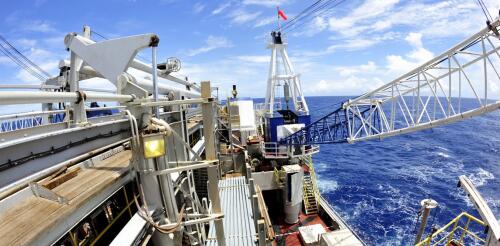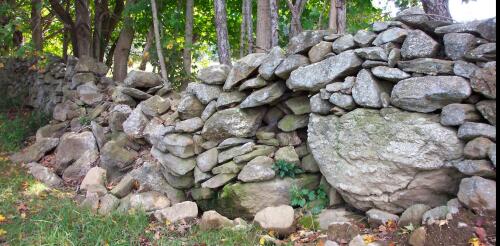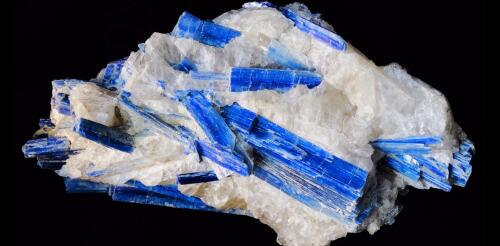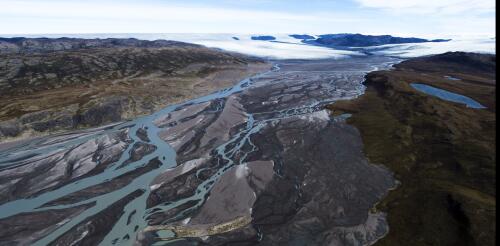Geoscience
My favorite place in the world isn’t a fixed location. It’s the JOIDES Resolution, an internationally funded research ship that has spent its service life constantly on the move, from deep in the Antarctic to high in the Arctic. Since 1985, scientific expeditions on this one-of-a-kind oceangoing laboratory have drilled 230 miles (370 kilometers) of sediment and rock cores – long cylindrical samples that provide a unique view of the ocean floor. The cores come from a thousand different locations, enabling scientists from many universities around the world to explore changes within the Earth. They also provide a window into our planet’s history. The ocean floor preserves a geological library that documents millions of years of climate change and evolution. The JOIDES Resolution leaves Honolulu in 2009. IODP/Wikipedia, CC BY Sadly, the JOIDES Resolution, also known as the JR...
The Himalayas stand as Earth’s highest mountain range, possibly the highest ever. How did it form? Why is it so tall? You might think understanding big mountain ranges requires big measurements – perhaps satellite imaging over tens or hundreds of thousands of square miles. Although scientists certainly use satellite data, many of us, including me, study the biggest of mountain ranges by relying on the smallest of measurements in tiny minerals that grew as the mountain range formed. These minerals are found in metamorphic rocks – rocks transformed by heat, pressure or both. One of the great joys in studying metamorphic rocks lies in microanalysis of their minerals. With measurements on scales smaller than the thickness of a human hair, we can unlock the age and chemical compositions hidden inside tiny crystals to understand processes occurring on a colossal scale. Measuring radioactive elements Minerals containing radioactive elements are of special interest...
The abandoned fieldstone walls of New England are every bit as iconic to the region as lobster pots, town greens, sap buckets and fall foliage. They seem to be everywhere – a latticework of dry, lichen-crusted stone ridges separating a patchwork of otherwise moist soils. Stone walls can be found here and there in other states, but only in New England are they nearly ubiquitous. That’s due to a regionally unique combination of hard crystalline bedrock, glacial soils and farms with patchworks of small land parcels. Nearly all were built by European settlers and their draft animals, who scuttled glacial stones from agricultural fields and pastures outward to fencelines and boundaries, then tossed or stacked them as lines. Though the oldest walls date to 1607, most were built in the agrarian century between the American Revolution and the cultural shift toward cities and industry after the Civil War. The mass of stone that farmers moved in that century staggers the m...
Curious Kids is a series for children of all ages. If you have a question you’d like an expert to answer, send it to curiouskidsus@theconversation.com. How do crystals form? – Alyssa Marie, age 5, New Mexico Scientifically speaking, the term “crystal” refers to any solid that has an ordered chemical structure. This means that its parts are arranged in a precisely ordered pattern, like bricks in a wall. The “bricks” can be cubes or more complex shapes. I’m an Earth scientist and a teacher, so I spend a lot of time thinking about minerals. These are solid substances that are found naturally in the ground and can’t be broken down further into different materials other than their constituent atoms. Rocks are mixtures of different minerals. All minerals are crystals, but not all crystals are minerals. Most rock shops sell mineral crystals that occ...
About 400,000 years ago, large parts of Greenland were ice-free. Scrubby tundra basked in the Sun’s rays on the island’s northwest highlands. Evidence suggests that a forest of spruce trees, buzzing with insects, covered the southern part of Greenland. Global sea level was much higher then, between 20 and 40 feet above today’s levels. Around the world, land that today is home to hundreds of millions of people was under water. Scientists have known for awhile that the Greenland ice sheet had mostly disappeared at some point in the past million years, but not precisely when. In a new study in the journal Science, we determined the date, using frozen soil extracted during the Cold War from beneath a nearly mile-thick section of the Greenland ice sheet. A brief look at the evidence beneath Greenland’s ice sheet and the lessons its holds. The timing – about 416,000 years ago, with largely ice-free conditions last...



